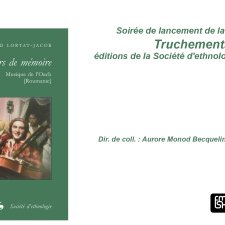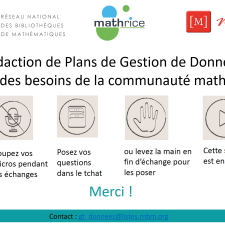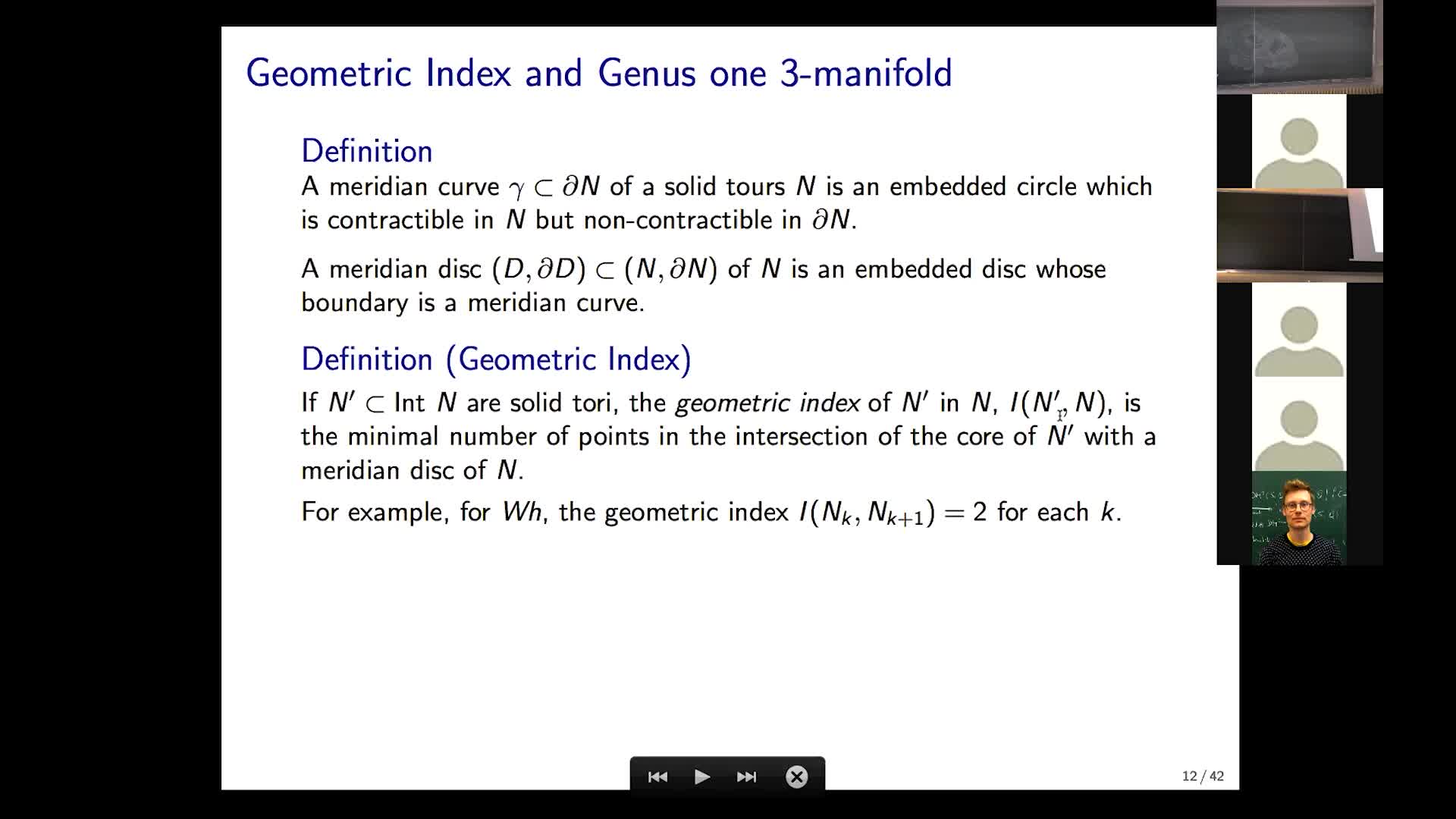Notice
"Le mathématicien Petre (Pierre) Sergescu, historien des sciences, personnalité du XXe siècle"
- document 1 document 2 document 3
- niveau 1 niveau 2 niveau 3
Descriptif
Né en Roumanie, en 1893, Petre Sergescu, appartient à une pléiade de Roumains dont l’œuvre fait partie intégrante de la culture française, voire européenne. Il a joué un rôle majeur dans l’organisation institutionnelle de l’Histoire des Sciences, au plan international.
Après de brillantes études à Bucarest et Paris il est Professeur titulaire de mathématiques et Président de l’École Polytechnique de Bucarest. En 1946, après l’occupation de la Roumanie par l’armée soviétique, il se réfugie en France où tout en étant très actif au sein de l’émigration roumaine se consacre à la réanimation de l’Académie Internationale d’Histoire des Sciences - AIHS dont il est, depuis 1937, vice-président, pour être élu Président en 1947 et secrétaire perpétuel, en 1950. En 1947 il est élu également secrétaire général de l’Union Internationale d’Histoire des Sciences - UIHS et devient rédacteur en chef des „Archives Internationales d’Histoire des Sciences”
Petre Sergescu décède à Paris en décembre 1954, en pleine activité.
Thème
Sur le même thème
-
Tuan Ta Pesao : écritures de sable et de ficelle à l'Ile d'Ambrym
VandendriesscheEricCe film se déroule au Nord de l’île d’Ambrym, dans l’archipel de Vanuatu, en Mélanésie...
-
Lancement de la collection "Truchements"
Monod-BecquelinAuroreCunillCarolineDéléagePierreRivertiCamilleGhermanVasileZimmermannThéoStoichităVictor AlexandreChemillierMarcLancement de la nouvelle collection "Truchements" des éditions de la Société d'ethnologie de Nanterre, avec la présentation en mots et en musique de son premier titre, "Passeurs de mémoire", de
-
Webinaire sur la rédaction des PGD
LouvetViolaineRédaction des Plans de Gestion de Données (PGD) sous l’angle des besoins de la communauté mathématique.
-
Alexandre Booms : « Usage de matériel pédagogique adapté en géométrie : une transposition à interro…
« Usage de matériel pédagogique adapté en géométrie : une transposition à interroger ». Alexandre Booms, doctorant (Université de Reims Champagne-Ardenne - Cérep UR 4692)
-
J. Wang - Topological rigidity and positive scalar curvature
WangJianIn this talk, we shall describe some topological rigidity and its relationship with positive scalar curvature. Precisely, we will present a proof that a complete contractible 3-manifold with
-
T. Ozuch - Noncollapsed degeneration and desingularization of Einstein 4-manifolds
OzuchTristanWe study the noncollapsed singularity formation of Einstein 4-manifolds. We prove that any smooth Einstein 4-manifold close to a singular one in a mere Gromov-Hausdorff (GH) sense is the result
-
D. Tewodrose - Limits of Riemannian manifolds satisfying a uniform Kato condition
TewodroseDavidPresentation of a joint work with G. Carron and I. Mondello where we study Kato limit spaces.
-
A. Mondino - Time-like Ricci curvature bounds via optimal transport
MondinoAndreaThe goal of the talk is to present a recent work in collaboration with Cavalletti (SISSA) on optimal transport in Lorentzian synthetic spaces. The aim is to set up a “Lorentzian analog” of the
-
M. Lesourd - Positive Scalar Curvature on Noncompact Manifolds and the Positive Mass Theorem
LesourdMartinThe study of positive scalar curvature on noncompact manifolds has seen significant progress in the last few years. A major role has been played by Gromov's results and conjectures, and in
-
P. Burkhardt - Pointwise lower scalar curvature bounds for C0 metrics via regularizing Ricci flow
Burkhardt-GuimPaulaWe propose a class of local definitions of weak lower scalar curvature bounds that is well defined for C0 metrics. We show the following: that our definitions are stable under greater-than-second
-
R. Perales - Recent Intrinsic Flat Convergence Theorems
PeralesRaquelThéorèmes récents de convergence plane intrinsèque
-
J. Fine - Knots, minimal surfaces and J-holomorphic curves
FineJoëlI will describe work in progress, parts of which are joint with Marcelo Alves. Let L be a knot or link in the 3-sphere. I will explain how one can count minimal surfaces in hyperbolic 4-space













